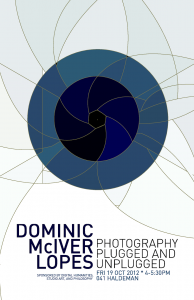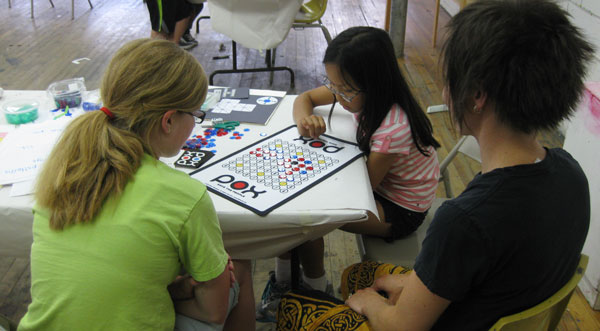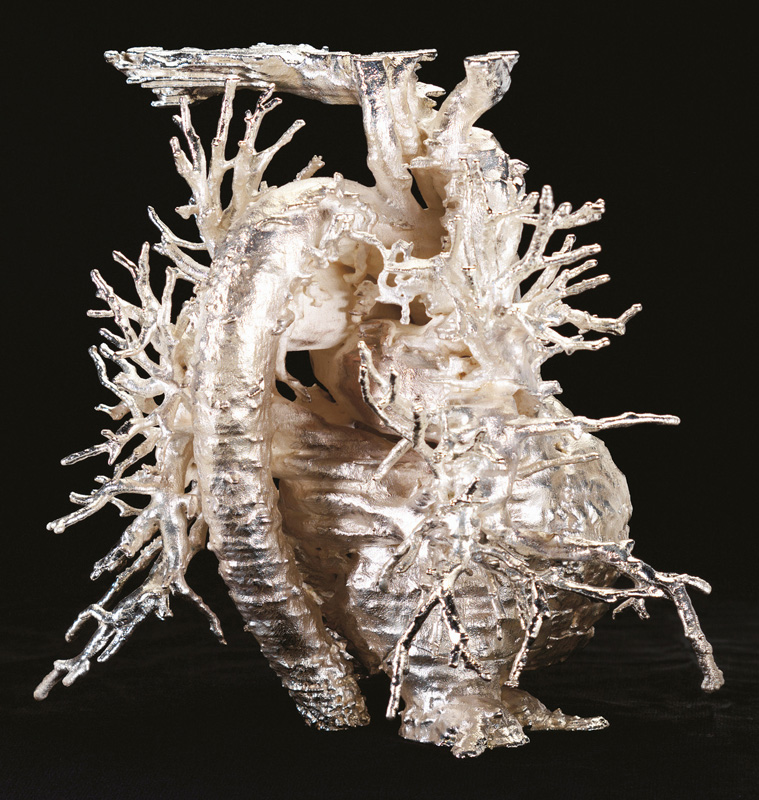Radical Books of 2012 (6/7)

· →  → ·
→ ·
Book from the Ground
Xu Bing
120 pages
The dot of unconsciousness opens – and then winks out again. The book, one point in a project that Xu Bing has undertaken since 2003, is written entirely as a series of symbols, narrating a daily odyssey (or perhaps a Ulysses) that is read left-to-right and from top to bottom but almost entirely without the use of words or letters – they only appear as part of logos and the like. Symbols derived from Neurath’s Isotype system, which led to today’s airport signs, are used alongside emoticons and computer icons to describe the workplace experiences, fraternal beverage consumption, dating, and insomniac video game play of a rather harried, forgetful, busy, and not particularly productive generic man who lives in a city located on [globe icon]. By borrwing a bit from comic conventions within this typographical framework, not only actions but also thoughts and the topics of discussions are depcited (to me, at least) legibly.








